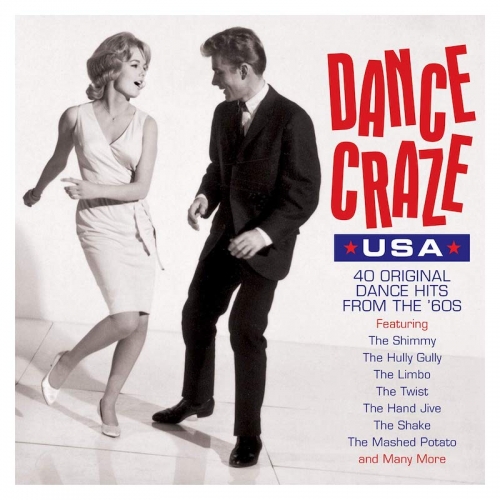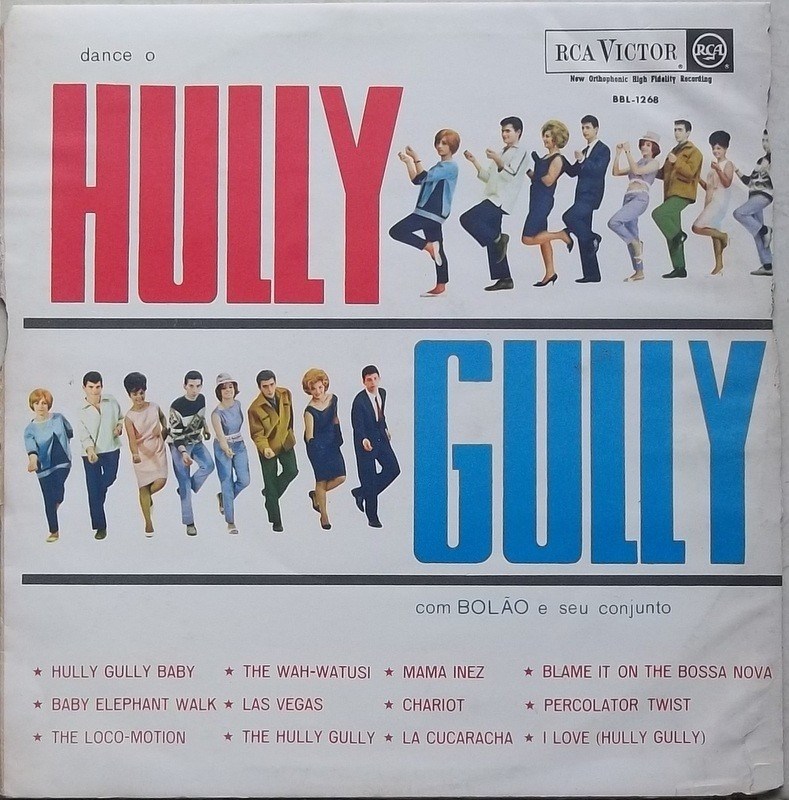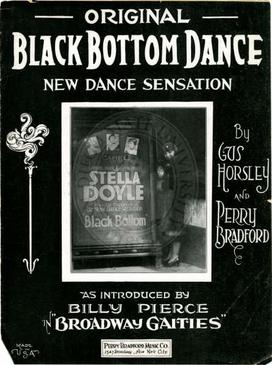
Few years ago I did a blog post on Vintage Dance Crazes and I always meant to getting around to doing a part 2. Well after much wait here it is!
Dance Craze or also called Fad“, is characterized by a short burst of popularity and sometimes gliding smoothly into tradition after their “newness” has faded (like the twist which is still done today and the Lindy Hop which was originally a “Dance Craze/Fad”), and sometimes simply fading away into oblivion (source).
Vintage Dance Crazes Part 2
Black Bottom Dance
Source: Wikipedia
Black Bottom, Jazz dance combining shoulder and hip movements, danced by African Americans in the U.S. South as early as 1907. In a modified version it became a national craze after its appearance in a 1926 Broadway musical.
The black bottom exhibited a number of features derived from the aesthetics of African dance, most notably syncopated rhythms, bent knees, crouched torsos, and hip and pelvic movements. Along with the Charleston, another dance that was popular in the 1920s, the black bottom helped shatter the dominance of couple dancing. Although people may have continued to dance opposite each other in pairs, they no longer held each other or danced in unison, and it was perfectly permissible for the dancer to dance singly (Source).
Some original pattern names for this dance are “The Flick, The Side Shuffle, The Walk.”
Other notes about the dance:
Originally starting in New Orleans the Black Bottom later worked its way to New York. Some say blues singer Alberta Hunter introduced the dance. Others say Perry Bradford in Nashville, Tennessee introduced it to white America in 1919 when he wrote the Song “The Black Bottom.” Bradford’s sheet music had the music as well as the dance instructions printed on them.
The stage Play “Dinah” in 1924 Harlem showcased the Black Bottom to the Public and almost overnight became as popular as the Charleston.
Jelly Roll Morton wrote a song called Black Bottom Stomp, there was a town called Black Bottom in Detroit, Michigan from 1900 to 1960. The dance was performed at the Apollo Theater in 1927 with the George White Scandals and the Roseland Ballroom (New York) even hosted a Black Bottom endurance (marathon) contest in 1927 (seen below). It was popular! ( Source)
The Hully Gully

The Hully Gully is a type of unstructured line dance often considered to have originated in the sixties, but is also mentioned some forty years earlier as a dance common in the black juke joints in the first part of the twentieth century.
The Hully Gully dance craze was started by Frank Rocco at the Cadillac Hotel in Miami and was based off the song of the same name, made popular by the Olympics in 1959.
While researching this dance, I came upon so many different descriptions of how this dance was actually done. From being a more “structured line dance” (Sadly the video is no longer avail), to a freestyle version that you see in the Olympics video below. I’m totally confused, but I do know that whatever version you do end up dancing it sure looks fun!
The Stroll
The Stroll was both a slow rock ‘n’ roll dance and a song that was popular in the late 1950s.
Billboard first reported that “The Stroll” might herald a new dance craze similar to the “Big Apple” in December 1957.
In the dance two lines of dancers, men on one side and women on the other, face each other, moving in place to the music. Each paired couple then steps out and does a more elaborate dance up and down between the rows of dancers. It was first performed to “C. C. Rider” by Chuck Willis on American Bandstand. Link Wray’s “Rumble” was also a popular tune for doing the stroll.
The Diamonds would go on to have a hit song entitled The Stroll in 1957.
When 1950s nostalgia came to the forefront in the 1970s, The Stroll saw renewed public awareness. It was used in the film American Graffiti (1973) during the scene at the high school dance and is mentioned in some of the lyrics in the musical Grease.
The Stroll was an integral part of most episodes of the dance TV series Soul Train, where host and creator Don Cornelius dubbed it the “Soul Train Line.”(Source).
Lastly the stroll is also very popular in the Rockabilly world and is almost always seen being danced at some Weekender (Like VLV) or Rockabilly Party (as seen below). It should be noted though, that the Rockabilly stroll is danced differently then the Dick Clark version shown above.
Well friends, we have come to the end of Vintage Dance Crazes Part 2. I feel that a part 3 is in order because I still have not touched on so many others. So stay tuned for that!
Question Time: Do you have a favorite dance craze either mentioned above (or in Part 1) or not featured? Share in the comments section below.
FURTHER READING:
- Swing Dance & The Big Band Era – Archived blog posts from the Vintage Inn Blog
- Ontario Vintage Dance Hall History – Archived blog posts on various dance halls
- Vintage Photo Tuesday-The 1947 Dance Teachers Strike
- Vintage Photo Tuesday: The Social Dance
- Vintage Dance Cards
- Time to Dance! Vintage Instructions to get you dancing in no time
- 1940s Women’s Fashion Ideas For Your Next Vintage Dance
- The Dancing Side of the Viva Las Vegas Rockabilly Weekend
Now to end this fun post here is a short video on the “Latest in Dancing” circa 1962.
Liz



I can’t get enough of this topic and want to read as many of these as you’re willing to post. I always wondered about the Watusi. Now I’m going to Stroll to the kitchen and make myself a snack. Love your blog!
Watusi..check! I will add that to part 3 for sure. Thanks for dropping by and I’m so glad you enjoyed my post. Have fun doing the stroll!
Liz 🙂